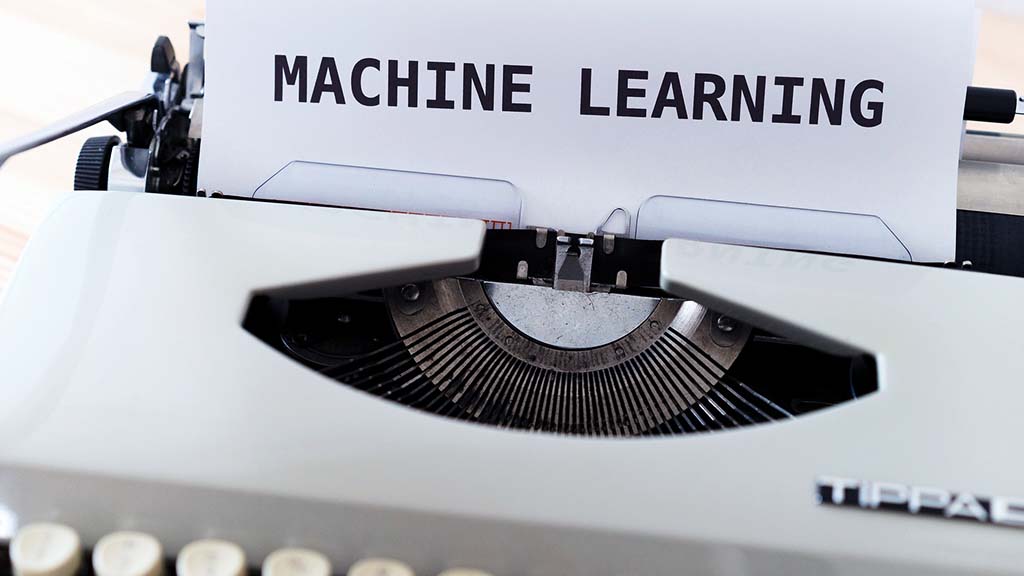Machine learning (ML) is on the rise and is in high demand. The leading organizations like HubSpot, IBM, and Salesforce have adopted ML and even given it a lead role in their operations. According to GlobeNewswire, the global ML market size was estimated at almost $15 billion in 2021 and is projected to expand at a CAGR of more than 38 percent from 2021 to 2030.
Today much of the research and development for machine learning tools are being done in Python, C/C++, Java, and . NET. This includes data sets, algorithms, libraries, etc. While these languages have served the community well during this time, there is a lot to be desired regarding the quality of code developed within them (especially C/C++). Some developers had the experience of testing an algorithm developed using for example Python, which was supposed to be reproducible but failed very quickly due to a memory leak.
Rust, a new programming language that’s gaining traction in the developer community, has been designed from scratch to be memory safe without being too restrictive. This language might soon replace error-prone C and C++ to build the backend logic of ML. But before diving deeper into how Rust can help to develop ML-empowered software, let’s remind ourselves what ML actually is.

What is machine learning?
ML is a subfield of computer science that focuses on algorithms and statistical models that allow computers to learn from data. Such models can operate any type of data. This might be text, sound, pictures, and video.
The ultimate goal of ML is for the computer to be able to make predictions about future outcomes based on past events. Unlike traditional programming languages, which require programmers to specify every step in the process, machine-learning algorithms are able to adjust their behavior based on the data they process.
This means they can adapt more quickly than traditional programming languages and make decisions based on how well they’ve performed in the past. This makes ML useful for tasks such as image recognition or decision making (e.g., figuring out which ad copy will perform best).
Why Rust programming language is great for ML app development
Rust is a programming language that’s been gaining popularity in recent years. According to State of the Developer Nation by SlashData, the number of Rust programmers grew from 600 thousand in the first quarter of 2020 to 2.2 million in the same period of 2022.
Rust is a great programming language for machine learning application development because it provides safety guarantees, which means that you don’t have to worry about memory corruption bugs or other errors. Such an advantage simplifies building complex apps with Rust compared to C++ or C#.
Rust also offers some unique features such as pattern matching, ownership, and type inference that make your code easier to read and understand.
To get the most out of Rust for implementing ML, you can use low-level libraries and toolkits like the Linfa toolkit.
Linfa: Rust toolkit for machine learning
Linfa is a machine-learning toolkit built on top of Rust. It provides a collection of algorithms and data structures for many areas of machine learning, including classification, regression, clustering, dimensionality reduction, and recommendation systems.
The library is designed for large-scale real-world applications. It uses Rust’s type system to enforce memory safety and provide better performance.
Linfa has a modular design where each algorithm can be used separately from other modules if desired. It also has a high-level API which makes it easy to use in applications written in other languages like Python or Java.
Linfa’s goal is to make it easy for developers to build complex machine-learning tools without having to worry about low-level details like memory management or garbage collection. It comes with a number of pre-built high-performance implementations of common algorithms, from standard machine learning models like logistic regression to more exotic ones like neural networks and support vector machines.
What is logistic regression?
Logistic regression is a type of ML algorithm that predicts the probability that an event will occur. The algorithm is used in binary classification, where inputs are known as “features” and the output is a single value between zero and one. Simply speaking, you can use this algorithm to predict if the particular event happens or not. For example, a logistic regression model could be used to predict whether or not a person will buy a product online.
Logistic regression helps to create machine learning models based on past data and use them to predict future outcomes. This differs from many other machine learning algorithms because it’s often used for classification problems rather than prediction tasks (for example, predicting how much someone will spend on an item).
If you want to plunge into logistic regression and ML algorithms, Awesome Machine Learning will help you explore frameworks, libraries, and other useful stuff. And read Yalantis’ article if you are interested in exploring the Rust web server frameworks.

Tips for developing Rust machine learning apps
Here are some tips for developing a basic machine learning application in Rust:
- Use structs for building models instead of objects. This ensures that you don’t accidentally create multiple instances of the same model and allows you to use static methods instead of implementing them as functions.
- Use union types for representing different classes of inputs (such as categorical or numerical). This allows you to avoid unnecessary type conversions when reading from input data or writing results back out to disk.
- Minimize the use of dynamic memory (malloc) as it can easily cause segmentation faults in Rust programs due to its native support for memory safety.
- Use Rust’s static analysis tools to ensure you’re not violating best practices or introducing bugs when refactoring codebases or adding new features to existing projects.
Conclusion
Rust is a relatively new programming language, which has been quickly gaining popularity among developers. It’s designed for speed and for direct use as part of a web stack, making it really great for data processing, like this. And that’s precisely why it’s a great fit for ML apps. We hope this article has demonstrated the benefits of using Rust to develop ML apps, and you may even find yourself using it for your next project!







